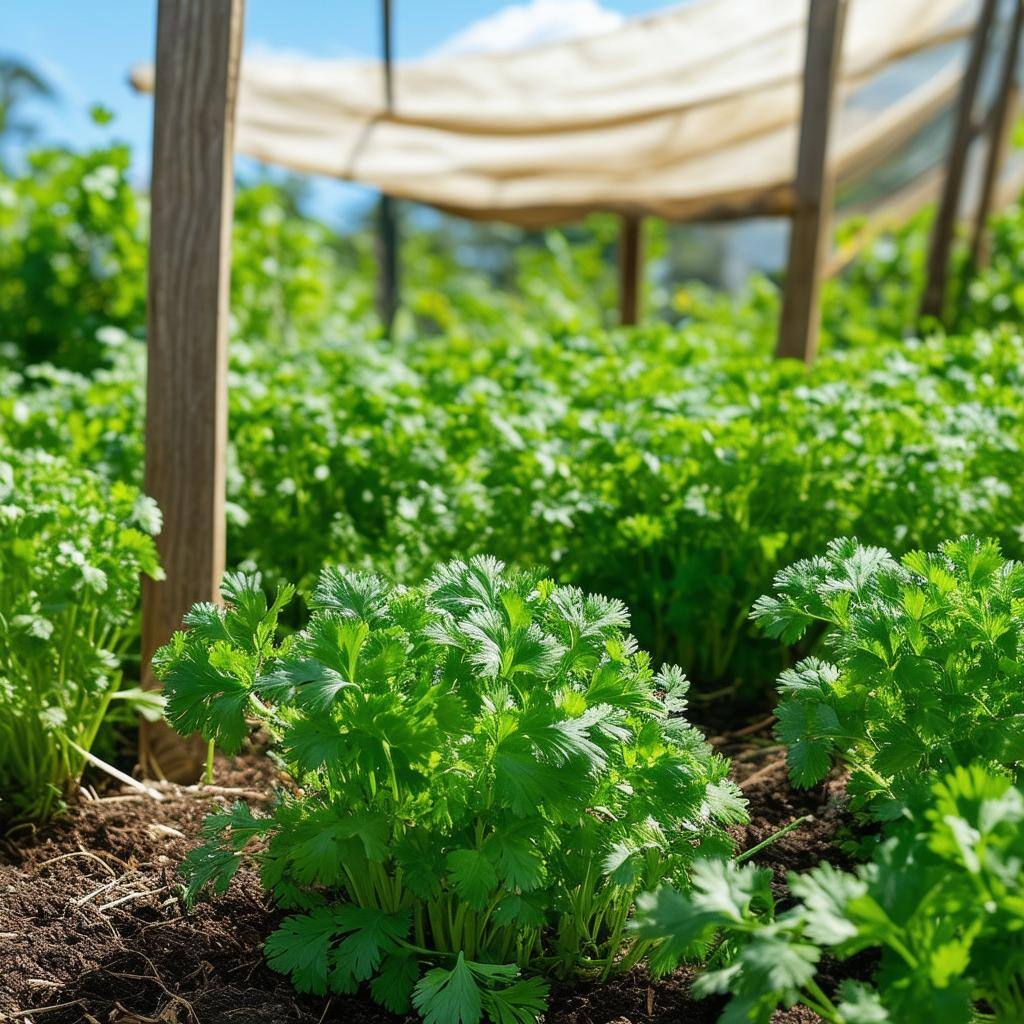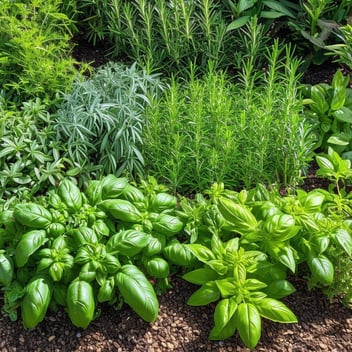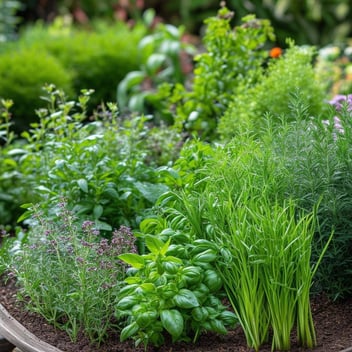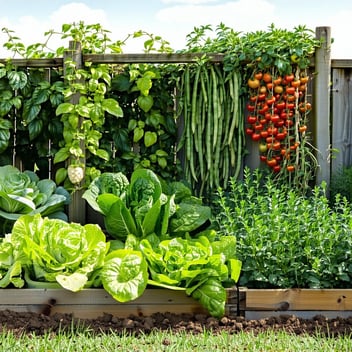Growing Coriander in South East Queensland Without Bolting
Introduction
Coriander, with its aromatic leaves and versatile culinary applications, is a cherished herb in many kitchens. However, cultivating it in South East Queensland's (SEQ) subtropical climate presents a unique challenge: bolting. Understanding and mitigating this phenomenon is essential for gardeners seeking a continuous supply of fresh coriander.
Understanding Bolting in Coriander
Bolting refers to the premature development of a flowering stem in plants, diverting energy from leaf production to seed formation. In coriander, this process is often triggered by environmental stressors such as temperature fluctuations, extended daylight, or transplanting shock. Once bolting commences, the leaves tend to develop a bitter flavor, diminishing their culinary appeal.
Selecting Bolt-Resistant Coriander Varieties
Choosing the right variety is paramount in preventing premature bolting. Cultivars labeled as "slow bolt" are specifically bred to withstand the triggers that typically induce flowering. For SEQ gardeners, varieties like 'Calypso' and 'Confetti' are recommended due to their delayed bolting tendencies and suitability for leaf production.
Optimal Sowing Times
Timing your sowing is crucial. Coriander thrives in cooler periods; thus, planting during autumn and early spring in SEQ can reduce the likelihood of bolting. To ensure a steady harvest, consider successive sowing every two to three weeks. This staggered approach compensates for any plants that may bolt unexpectedly, providing a continuous yield.
Site Selection and Microclimate Management
Selecting an appropriate site can significantly influence coriander's growth. Opt for locations that receive morning sun and are shielded from intense afternoon heat. Incorporating companion plants or using shade cloth can create a microclimate that buffers against temperature extremes, thereby reducing stress-induced bolting.
Soil Preparation and Watering Practices
Coriander prefers well-draining, fertile soil rich in organic matter. Maintaining consistent soil moisture is vital; fluctuations can stress the plant, leading to bolting. Implementing a regular watering schedule and applying mulch can help retain soil moisture and regulate temperature. However, avoid waterlogging, as excessive moisture can cause root rot.
Maintenance and Harvesting Strategies
Regular harvesting not only provides fresh leaves but also encourages the plant to focus on vegetative growth. By routinely snipping the outer leaves and preventing the formation of flowering stems, you can prolong the productive phase of the coriander. If a flower stalk appears, promptly remove it to deter the bolting process.
Alternative Herbs for Hot Climates
For gardeners struggling with coriander bolting despite best efforts, Vietnamese mint (Persicaria odorata) offers a viable alternative. This herb thrives in warmer climates and possesses a flavor profile reminiscent of coriander, making it a suitable substitute in various dishes.
Conclusion
Cultivating coriander in SEQ without it bolting requires a combination of selecting appropriate varieties, timing sowings strategically, and managing environmental conditions meticulously. By implementing these practices, gardeners can enjoy a consistent supply of this flavorful herb throughout the growing season.




